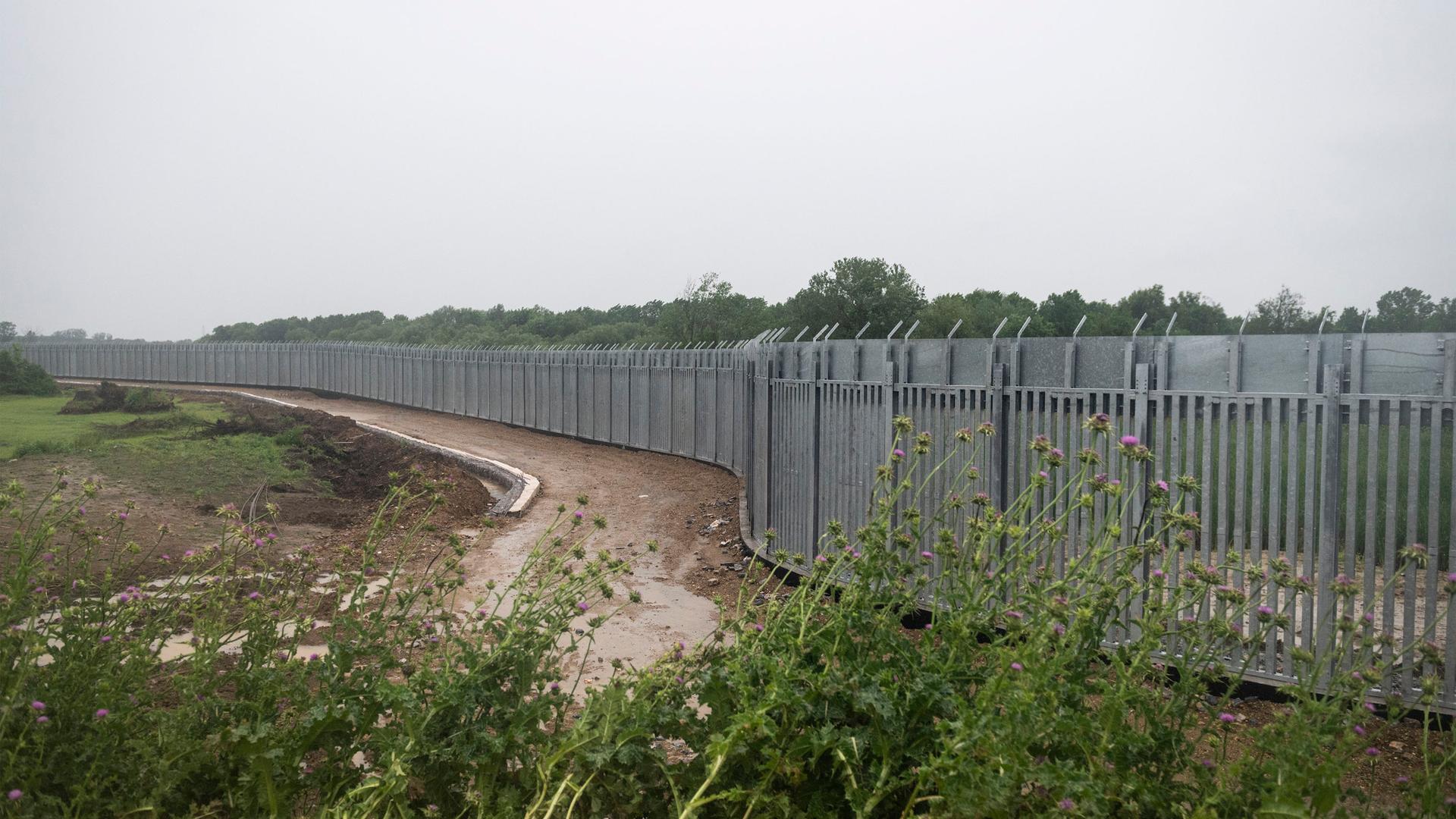This analysis was featured in Critical State, a weekly newsletter from Inkstick Media. Subscribe here.
What actually constitutes the state? When we say that a state has done something — or even that a state exists — who or what are we talking about? Luckily, social scientists have a lot to say on those questions as well. This week and next, Critical State takes a deep dive into new research on defining an important component of stateness — borders.
Related: Checking in on democratic peace: Part I
In a new article in International Studies Quarterly, political scientist Beste İşleyen investigates the recent evolution of one of the most famously contested borders in international relations scholarship, the Aegean Sea border between Turkey and Greece. Historically, a bitter rivalry between Turkey and Greece has played out on the Aegean. The two countries nearly went to war over the rocky Imia/Kardak Islet in 1995, even after both had been members of the NATO alliance for over four decades. Yet, in recent years, the character of this contested border has changed, at least from the Turkish perspective. On a day-to-day basis, Turkish security forces spend much less time than they used to directing a steely gaze to the west to deter Greek aggression, and much more time monitoring and intercepting migrants attempting to reach Greece from Turkish shores.
Related: Checking in on democratic peace: Part II
This evolution is partly a result of changing migration policies in both Greece and Turkey, but İşleyen argues that there is a more fundamental technological explanation. In 2013, Turkey contracted a domestic tech company to create the Coastal Surveillance Radar System (CSRS), a system of radar stations and drones that has dramatically increased Turkey’s ability to gather real-time intelligence about the situation on the Aegean. What was once a border that could only be monitored piecemeal, by patrol ships with limited sensing capabilities, has become an area over which the Turkish government has nearly perfect awareness of the movement of surface ships.
Related: Belgian farmer accidentally redraws international border
Before the technology, therefore, the border area largely existed as an idea — a contested line that Turkish forces prevented Greek forces from crossing, but could only be seen at certain times and places depending on patrol ship schedules. The CSRS, however, allows for what İşleyen calls the “visualization” of the border, turning it into a physical space of state control.
Now that Turkey has the ability to control the border area, it finds itself confronted with the imperative to actually exercise control. As one Turkish coast guard sergeant joked with İşleyen, “We are trained to protect the motherland security, right? Against the enemy that comes from the other side of the sea… But this is not what I mostly do on an everyday basis.” Instead, coast guard and naval forces now spend most of their time utilizing the sensing power of the CSRS to enforce domestic migration policies through migration control missions.
Those missions even supersede the Greek-Turkish rivalry at times. Turkish coast guard ships routinely stray into Greek waters to interdict migrants and return them to Turkey, and the Greek government steadfastly ignores the incursions. Even near the Imia/Kardak Islet, the site of recent international tension, CSRS technology is enabling a shift toward migrant interdiction operations that have led to the interception of hundreds of migrants attempting to cross to Greece.
Related: Claims that Greece pushes back migrants to Turkey are rising
By visualizing the border area and shifting government action on the border from outward-facing deterrence to inward-facing law enforcement, İşleyen argues, Turkey has created “territorial change” on its Aegean border. With no structural change in Turkey’s stance toward its Greek neighbor, CSRS technology has turned the border from a primarily military concept to a primarily civilian law enforcement reality. The Aegean border remains — like all borders — a site of state violence, but technology has shifted the target of that violence from external threats to migrants merely trying to pass through.
Critical State is your weekly fix of foreign policy without all the stuff you don’t need. It’s top news and accessible analysis for those who want an inside take without all the insider bs. Subscribe here.
